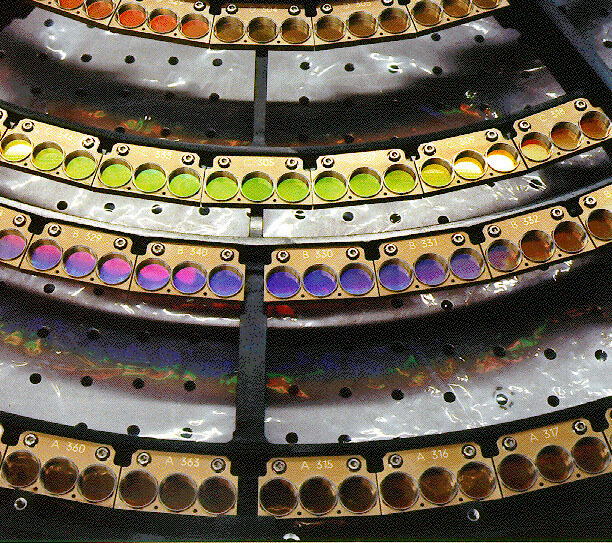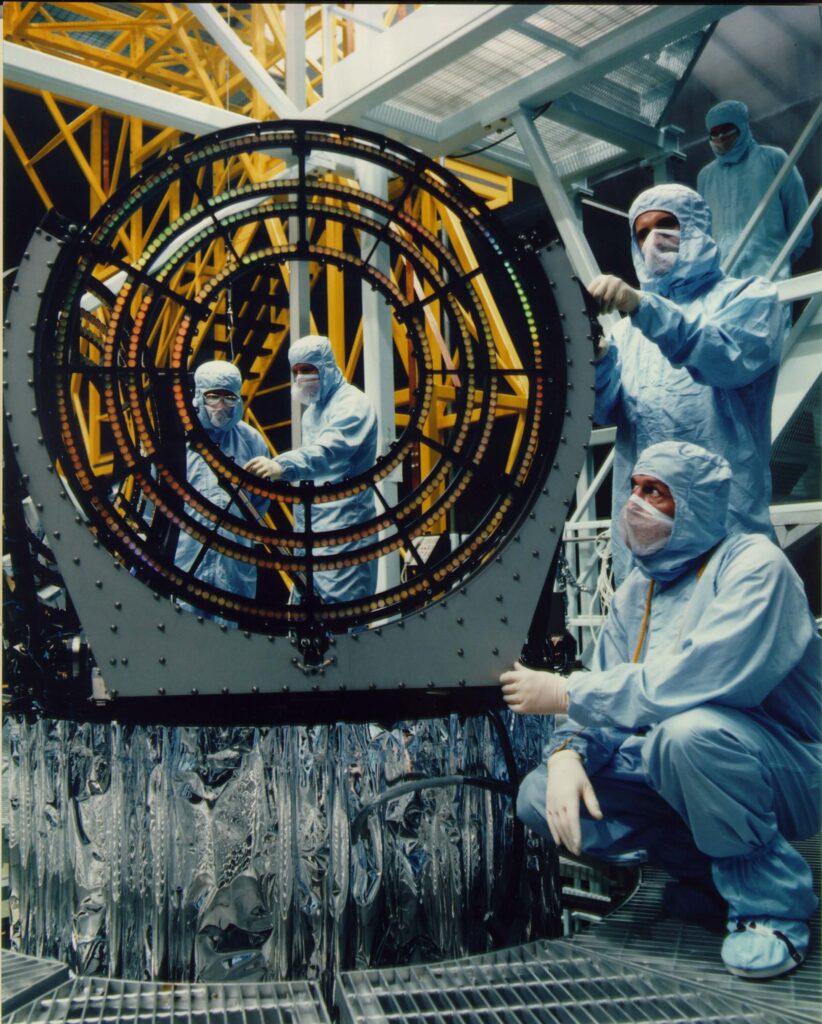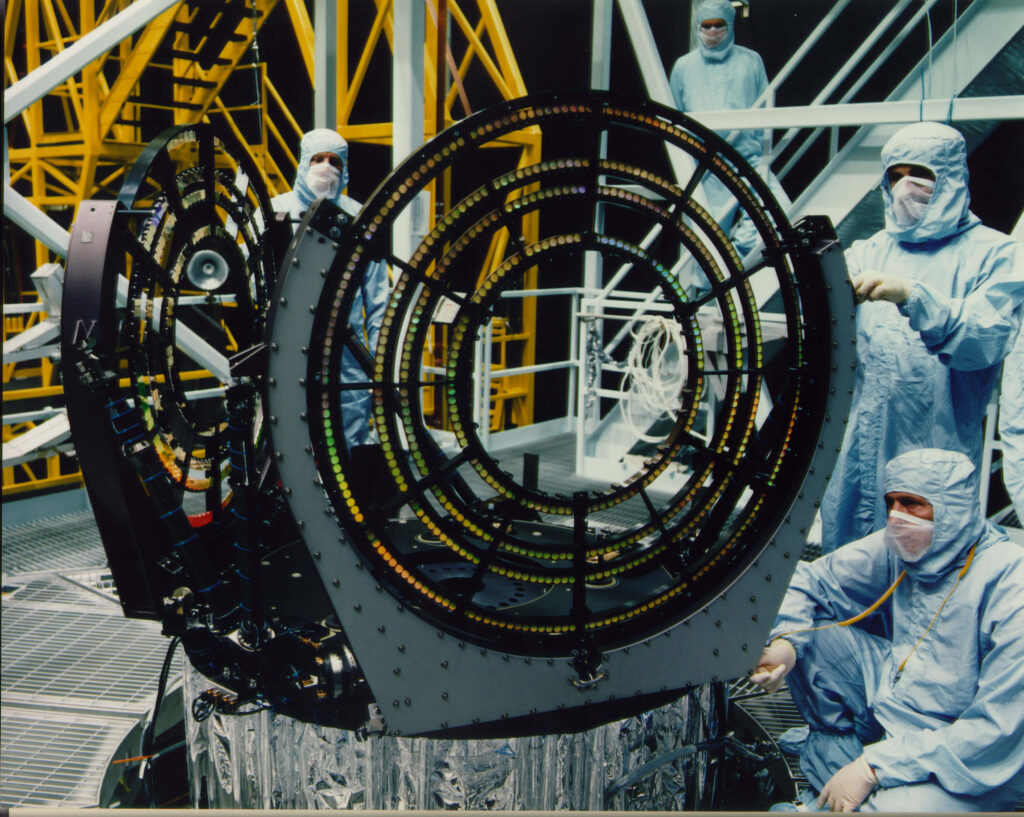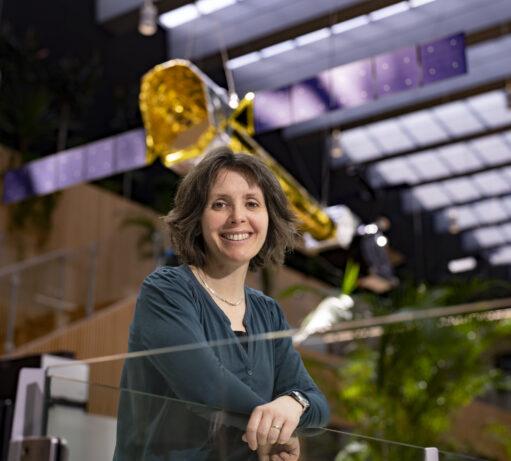| Launch | 1999 |
| Status | Active |
| Orbit | Geocentric (highly elliptical) |
| Space Agency | NASA |
| Type | X-ray, colour range of 0.12 – 12 nanometres (0.09 – 10KeV) |
| SRON contribution | Low Energy Transmission Grating LETG |
Scientific measurements with Chandra
Chandra is designed as a general-purpose X-ray observatory that allows astronomers to look at hot gases in the universe. Those gases are found in the following objects:
- Stellar coronae: starbursts
- White dwarf atmospheres
- Binary systems: X-ray double stars
- Cataclysmic variables: stars showing irregular outbursts or flares
- Active galactic cores: actively slurping supermassive black holes at the centres of galaxies
- Supernova remnants: gases left over when a star explodes
- Clusters of Galaxies: hot gases suspended around large groups of galaxies far out in the universe.
For objects visible as nebulae, Chandra is excellent for capturing all kinds of details in the gas. For point sources, such as stars and black holes, the gratings can be used to fray the light into colours. In this spectrum, bright lines can often be seen (emission lines) or, conversely, dark lines (absorption lines) caused by atoms in the gas. With this data, astronomers can determine the temperature of the gas, what it is made of and its speed and direction. This makes it possible to determine what is going on with the gases in the object even in a point source, which on a picture can only be seen as a star.
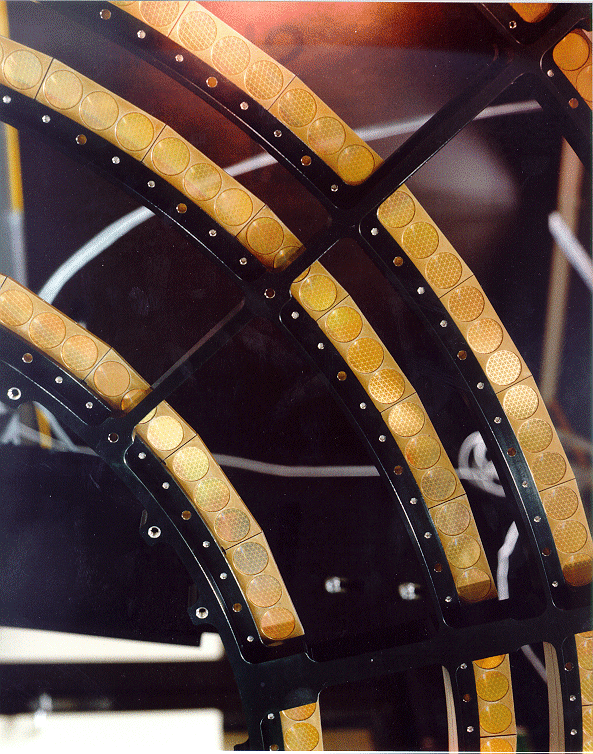
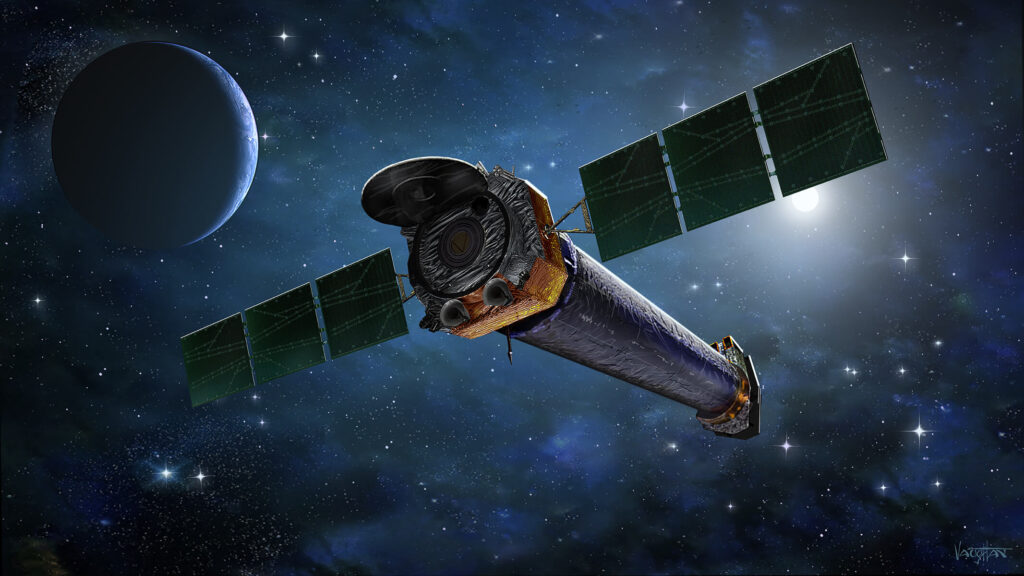
With the spectra so detailed, Chandra reveals many emission and absorption lines, and thus information about the composition and dynamics of different objects. These range from coronae of nearby stars and supernova remnants, to the surroundings of black holes and clusters of galaxies in the distant universe.
Extensive descriptions, in text, audio, video and images, of Chandra’s many scientific observations have been unlocked on Harvard’s Chandra Science website since 1999 to the present.
The instruments of the Chandra telescope
Chandra’s telescope consists of special cylindrical mirrors and is unprecedentedly sharp, with an angular resolution of about half an arc- second. That means the telescope can distinguish an object the size of a tennis ball from 27 kilometres away. Chandra has two cameras behind the mirrors to take X-ray images, and two gratings to distinguish X-ray colours inside this image very well.
The role of the gratings
The gratings may or may not be folded behind the mirror at the request of the astronomer making the observation. Without gratings, the telescope takes an ordinary X-ray picture, but when the gratings are rotated behind the mirror, they project the spectrum of the object the astronomer is looking at onto the camera. It is similar to the rainbow that a CD can project when light falls on it. Thus, the telescope can be used in multiple ways. Chandra has a camera with CCDs (Charge Coupled Devices) or MCPs (Multi Channel Plates), each of which has its own advantages.
The gratings work best when looking at point sources. If the object is visible more as a nebula, the spectrum cannot be determined properly. In those cases, Chandra can only take a picture.
The role of the Netherlands at Chandra: grating of SRON
SRON has played an important role in Chandra’s scientific measurement capabilities. SRON’s idea for the Low Energy Transmission Grating (LETG) was selected by NASA in 1984. SRON is the lead research institution for the LETG, the so-called Principal Investigator institution, and thus ultimately responsible for the entire low-energy transmission grating scientific experiment in space.
The LETG’s grating consists of 540 elements, each with a gossamer-thin structure of a thousand parallel, independent gold wires per millimetre. Two structures support the thin wires. SRON and the Max Planck Institut für Extraterrestrische Physik (MPE) provided the Low Energy Transmission Grating (LETG). The gratings were fabricated and tested by MPE. SRON developed the annular structure in which the gratings were placed. Vibration tests then took place at NLR to check whether the rings to which the gratings were attached would survive the launch.



